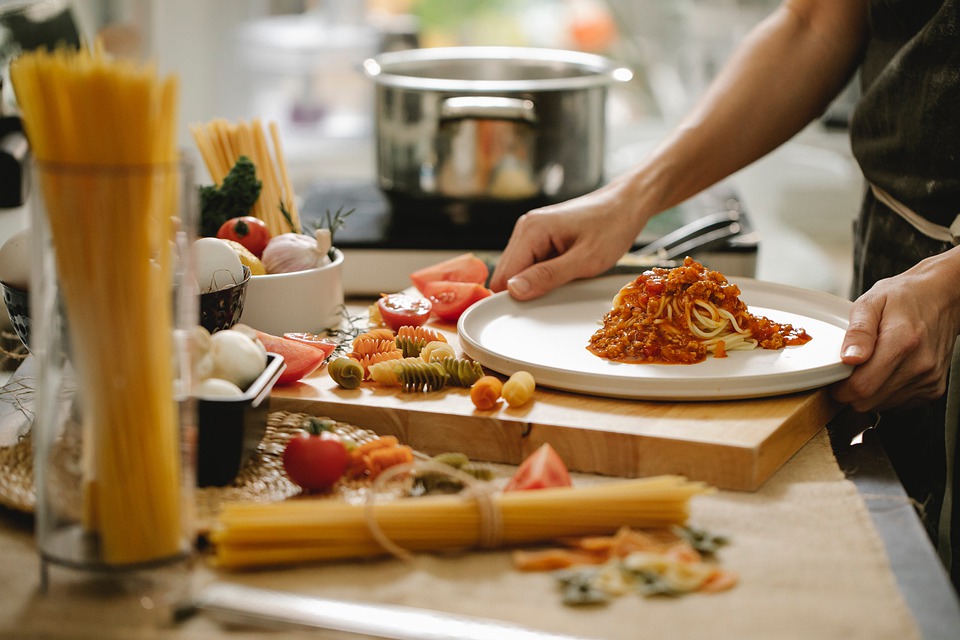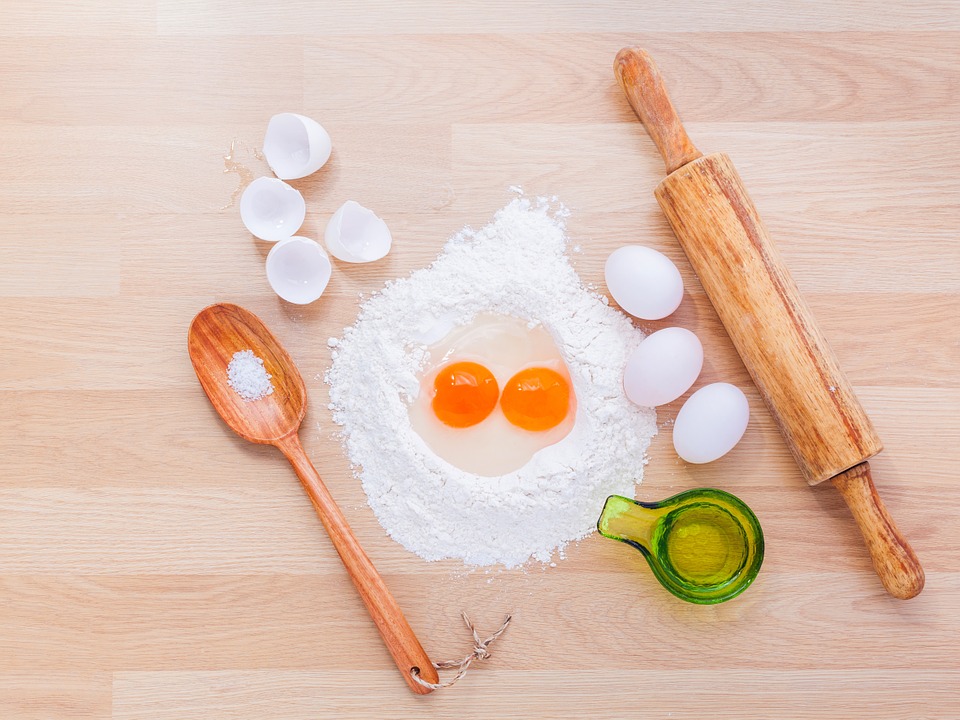Everyone loves tasty and good food, but it is also essential to make sure what we eat and how we prepare it does not negatively impact the environment. Did you know that about one-third of our environmental impact and greenhouse gas emissions come from the production and consumption of food? Fortunately, you can do a few things to be sustainable in the kitchen.
1) Create Your Own Herb Garden
Herbs grown in a garden taste better and are also more environmentally friendly. You can save a lot of energy and helps you avoid the use of plastic.
2) Turn off the Oven
It is often unnecessary to leave the oven on throughout the cooking time. The oven can be turned off and still be hot enough to continue cooking quiches, cakes, vegetable dishes, etc. You can safely turn off the oven 5-10 minutes before the cooking time indicated in the recipe.
3) Use Local and Seasonal Ingredients
Choose local and seasonal ingredients whenever possible. You can get them at the grocery store or market. In addition, fruits and vegetables bought at the market are less ripe than those sold at the supermarket and taste better.
4) Use a Lid
One small trick is to put a lid on the pot when you want to bring something to a boil. The lid prevents a lot of heat from escaping from the pan. This way, the water in the pot heats up faster and begins to boil sooner. This results in two to three times less power consumption. This is interesting because it saves money on electricity. But using a lid is also very good for the environment. By saving energy, you reduce greenhouse gas emissions.
5) Use Your Refrigerator Wisely
Refrigerators are already very convenient on their own because they can store food for longer periods and throw away fewer products. By doing so, we can naturally avoid producing food waste. But refrigerators can also be used to work more sustainably. For example, carefully closing the refrigerator door after removing products will prevent cold air from escaping.
Another good practice is to put food in the freezer in the refrigerator the day before to thaw. The coldness of frozen items helps keep the refrigerator cool. For the same reason, hot food should not be placed directly into the refrigerator or freezer. When food is kept cold for a while, the refrigerator does not have to work as hard to maintain the temperature. This saves energy.
It is also wise to get rid of old refrigerators with freezers. They consume the most energy in the entire house. When buying a new one, it is best not to choose a used one. This is also because they consume more energy; choosing one with an A++ label is best. Products with this label consume less power.

6) Frying Pan
Another simple precaution is to use the right frying pan. A small surface area does not transfer heat well, so it is best to choose a pan that is large enough for the amount of food you are cooking. Additionally, it is helpful to place an appropriately sized pan on the optimal burner. For example, placing a small pot on a large burner will result in a significant heat loss.
However, the opposite is also true. If a large pot is placed on a small burner, it must use more energy to reach the proper temperature. In other words, there is a lot to be said for paying a little more attention to which pots and burners are best suited for cooking.
7) Economical Ways To Cook
When it comes to cooking, you can also opt for cheaper options in the kitchen. For example, steam ovens and microwaves consume the least amount of energy. Fryers, on the other hand, consume a lot of energy. With this in mind, consider the recipes and think about tonight’s dinner. You can also choose electric cooking: induction cooktops and ceramic cooking are both types of electric cooking methods.
Let us know if these few tips have helped you in the comments below!




